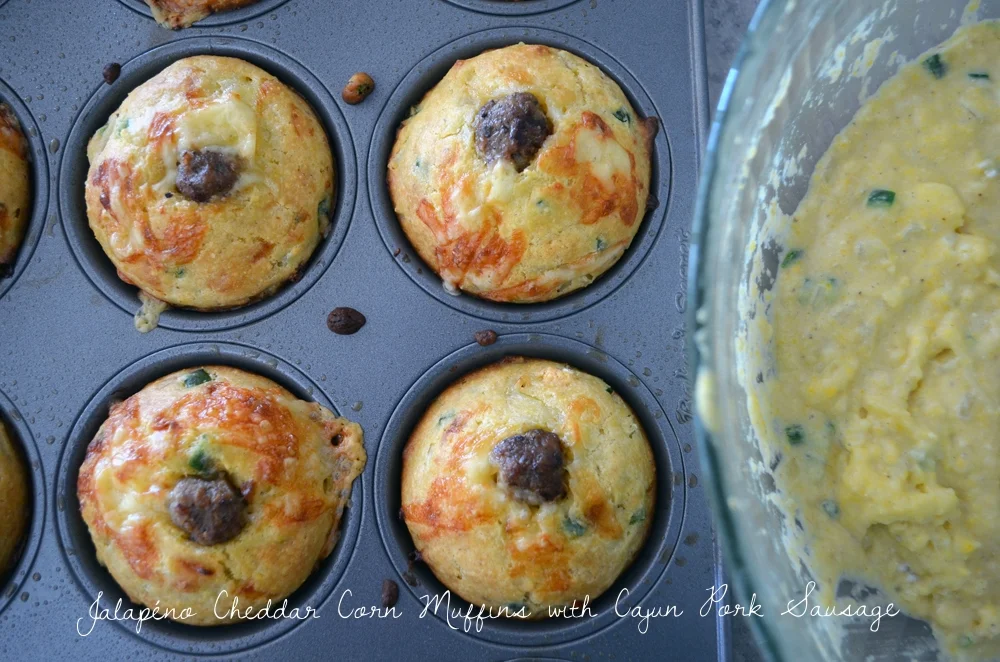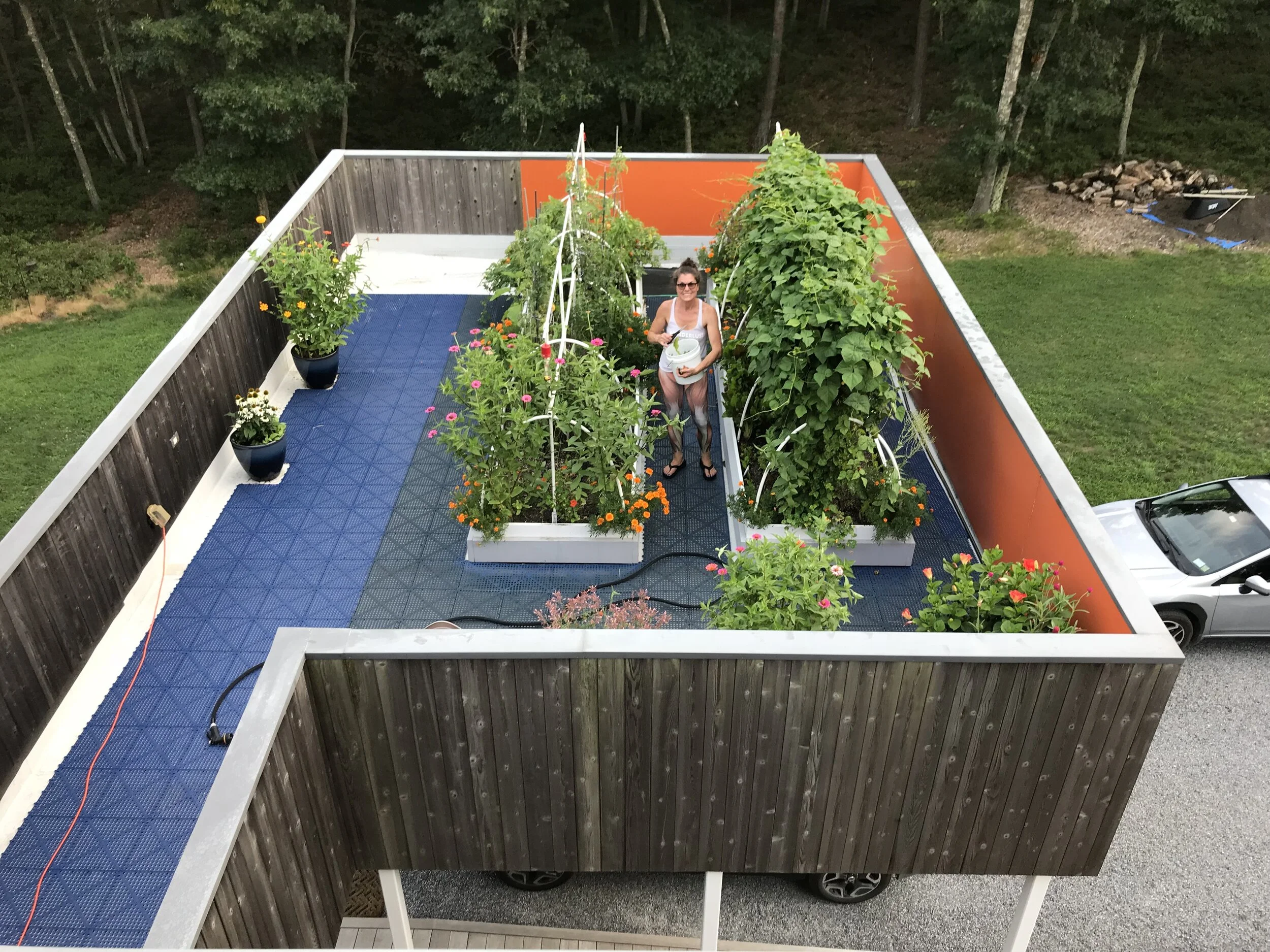Rice Noodle Egg Drop Soup with Shiitakes, Cabbage and Chicken
/We are well into the first month of 2015 and my wishes are so behind; Happy New Year! So how are those New Year's Resolutions coming along? According to a Nielsen Survey "staying fit and healthy" came in at the top and losing weight was next in line. I'm not surprised. Mine is to be more timely. Clearly, I am behind the Time Square Ball.
You are probably asking yourself, "What does this have to do with soup?" Well, it is healthy! Buying local and knowing where your food source comes from is the first step to good health. Let's take it a step further into your kitchen. When you roast a whole chicken or turkey do you keep the carcass—after you eat the meat—to make a soup stock or throw it out?
If it is the latter, I challenge you to add another New Year's Resolution to your list: keep the carcass and make a soup for good health.
Chicken Stock
Ingredients
- 1 roasted chicken carcass; 3.5 lbs
(I use Browder's Birds)
Note: do not discard the neck that comes with the chicken, use for the stock. - 2 bay leaves
- 1 teaspoon of peppercorns
- Fronds from one small fennel
- Sprig of thyme
- 1 small turnip, cut in half
- 2 garlic heads, cut in half
- 1 bunch of parsley stems
- 1 small onion cut in half
- 3 celery, cut in half
- 1 parsnip. cut in half
- 2 carrots, cut in half
- Water
- 2 tablespoons of sea salt
Directions
- Place the chicken carcass, vegetables and herbs in a large stock pot. Pour in cold water so it covers the contents by 1-inch. Place over medium heat until it reaches a slow boil. Lower the heat to low and simmer for 2 hours, partially covered.
- Strain the stock; reserve or freeze.
- Makes about 12 cups.
Rice Noodle Egg Drop Soup with Shiitakes, Cabbage and Chicken
Ingredients
- 8 cups of chicken stock
- 1-2 chicken breast, shredded
- 1 pound of shiitakes, sliced
- 3 cups of Savoy cabbage, chopped
- 1 tablespoon of ginger, grated
- 3 garlic cloves, grated
- 1 onion, chopped
- 3 tablespoons of scallions, chopped
- 1 tablespoon of fish sauce
- 2 eggs, beaten
- 2 tablespoons of olive oil
- 1 teaspoon of sea salt
- 2 bunches of Asian rice noodles
note: the rice noodle packs come with 3 bundles, use 2 - Pinch of red pepper flakes
Directions
- In a large pot over medium heat add the olive oil, red pepper flakes, salt and onion. Sauté the onions until translucent.
- Add half of the shiitakes and cook for 5 minutes.
- Add the ginger and garlic and stir until it becomes fragrant, 1 minute, then place 2 cups of chicken stock in the pot and deglaze. Cook for an additional 5 minutes before adding the remainder of the shiitakes, stock, cabbage, shredded chicken and fish sauce.
- While this cooks for 10 minutes, boil a pot of water for the rice noodles.
note: it takes 3 minutes to cook the rice noodles. - Once rice noodles are done, drain in a colander and reserve.
- Beat two eggs. Stir the pot so a vortex occurs and slowly pour the beaten eggs into the soup. Cook for 1 more minute, then shut off heat and place the scallions in; stir.
- Place a serving of the rice noodles in a deep soup bowl.
- Place the soup mixture on top of the noodles and serve.
Serves 6































